According to the International Labor Organization (ILO,) more than 340 million work-related accidents and 160 million illnesses happen every year. To make matters worse, this number continues to grow over time. While you might not realize it, the reality is that safety hazards exist in every workplace. Even something as simple as wet floors can lead to accidents, injuries, or death if not addressed.
Given this, it’s essential to assess your workplace thoroughly to identify the hazards and put in place proper safety measures. Unfortunately, not all employers are aware of what hazards their workers are subject to, so here’s a quick guide to help you out. As they say—people are at the heart of your business, so it’s essential to protect them at all times.
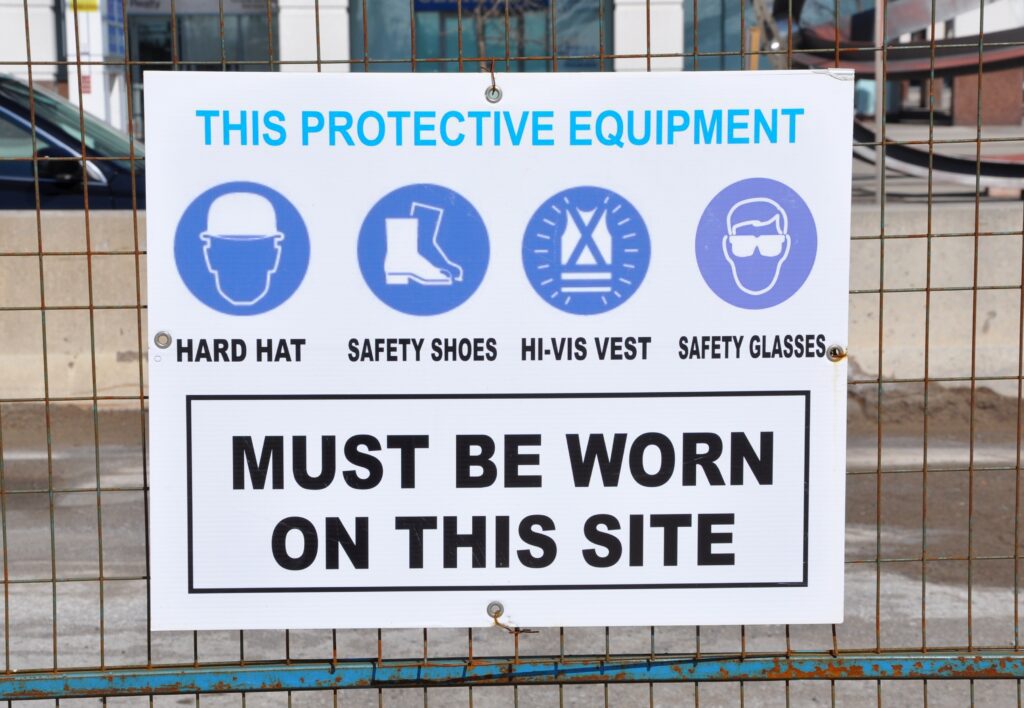
Contents
What does OSHA mean?
In 1970, the US government passed the Occupational Safety and Health Act to provide workplace safety standards for businesses and employers. This act led to the creation of the Occupational Safety and Health Administration (OSHA). It’s a federal agency in charge of establishing these standards to ensure employees have safe working conditions.
OSHA’s General Duty Clause requires all employers to create a hazard-free workplace to protect their employees from harm. OSHA health standards prescribed for general industry cover most businesses. But there are also more specific standards for high-risk industries like construction, maritime, and agriculture since workers here are more vulnerable to hazards.
Safety Hazards in the Workplace According to OSHA
You might be wondering—what might a safety hazard include? The best way to answer this would be to go through the six main OSHA hazard categories. Here’s a quick run-through of each type to get an idea of what to look for in your workplace risk assessment.
Safety Hazards

Safety hazards include substances and conditions that create unsafe working conditions and increase risks for accidents, injuries, and illnesses. These are the most common types of hazards since you’ll find them in every workplace.
Examples include:
- Slips and trips
- Falls from heights
- Electrical hazards like frayed cords
- Spills on floors
- Machinery with moving parts
- Confined spaces
Biological Hazards
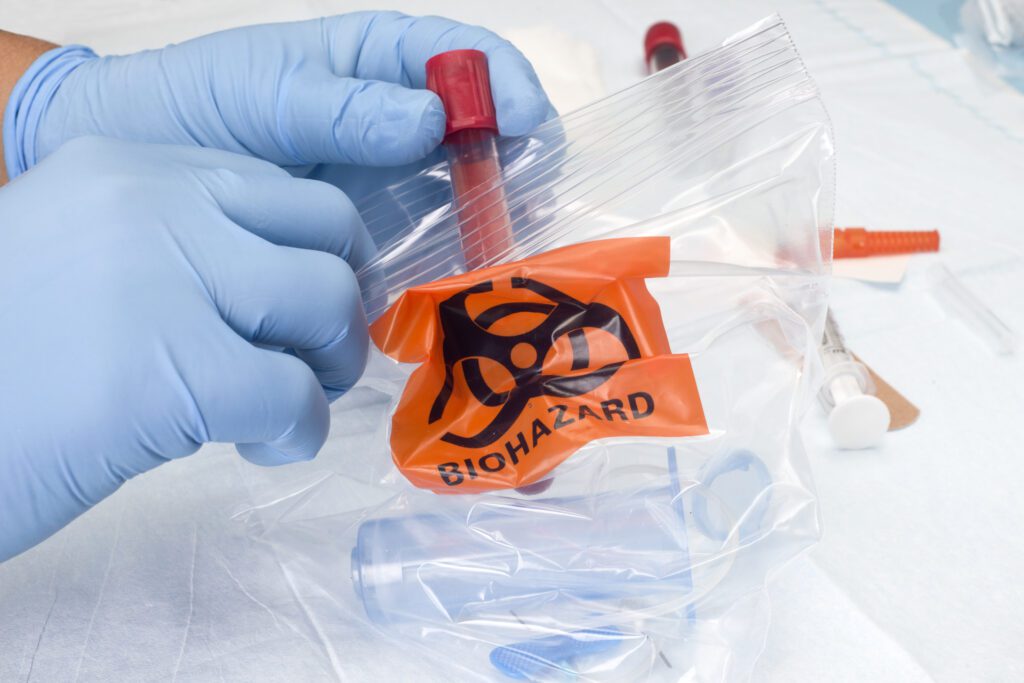
Biological hazards are substances that threaten the well-being of living organisms—in this case, people. They’re often found in more specific jobs and industries that involve working with people, animals, and plants. For example, individuals working in laboratories, hospitals, or healthcare centers will be most susceptible to this hazard.
Examples include exposure to:
- Bacteria, mold, and mildew
- Spores and fungi
- Animal droppings
- Blood and bodily fluids
- Insect bites
- Dangerous plants
- Bioactive substances
Biological hazards can be particularly dangerous compared to other hazards since long-term exposure can result in severe health risks. Some substances can be so life-threatening that they cause asthma, tuberculosis, cancer, and other diseases that may lead to death.
Physical Hazards
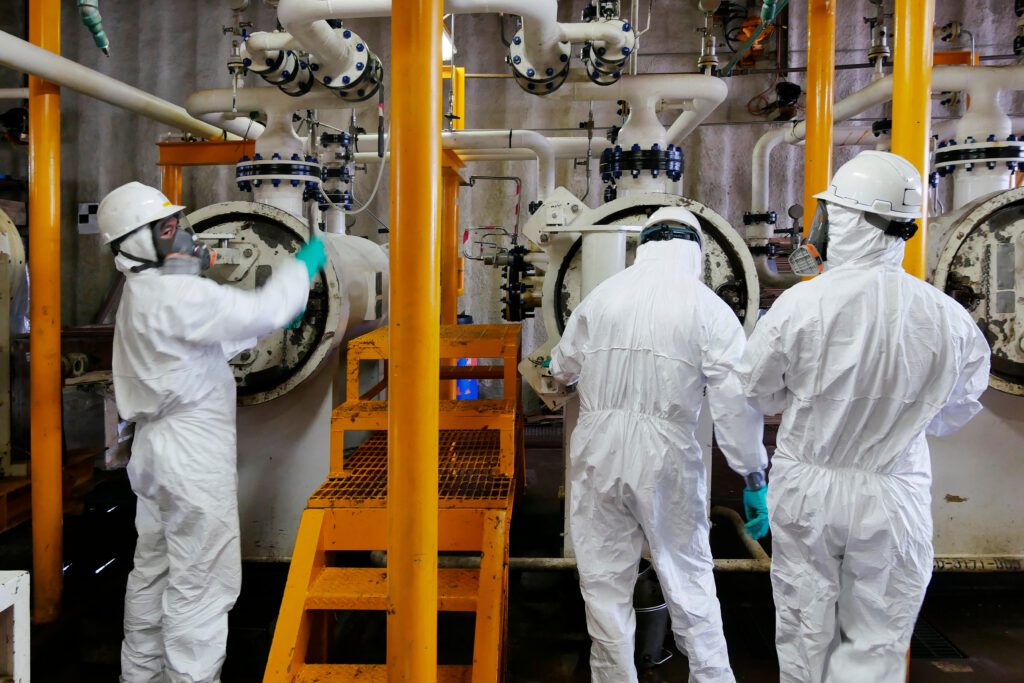
Physical hazards are environmental factors that can injure your workers—even without direct contact.
Examples of physical hazards include:
- Constant exposure to sunlight and UV rays
- Extreme temperatures
- Ionizing and non-ionizing radiation
- Exposure to loud noise
- Lights and lasers
- Microwave and radio-frequency
- High-pressure or low-pressure environments
One of the most common examples of physical hazards is noisy machinery and equipment that can harm your workers’ hearing abilities. To offer some perspective, occupational exposures are the cause of 24% of hearing difficulties in US workers—that’s millions of workers who lose part of their hearing due to hazardous noise, which can be prevented in the first place. Given this staggering number, it’s crucial to provide adequate hearing protection to avoid irreversible hearing problems.
Ergonomic Hazards
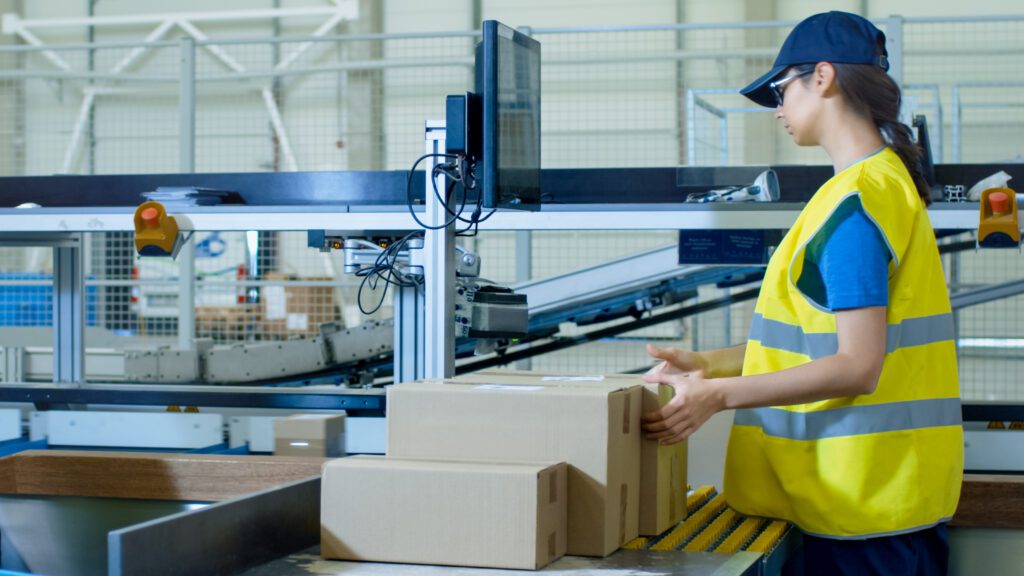
An ergonomic hazard is present in jobs where working conditions can put a strain on employees’ bodies. It can lead to various musculoskeletal diseases (MSDs), which make up the largest segment of work-related injuries and account for 30% of workers’ compensation costs.
Common ergonomic hazards include the following:
- Poor posture
- Lifting heavy objects
- Sitting for long periods
- Poorly adjusted workstations
- Repetition of movements
- Manual labor like pushing and pulling
Unfortunately, these hazards are often harder to detect since the effects usually don’t present themselves immediately. Instead, they tend to progress and build over time. But if you’re familiar with the common ergonomic hazards, you can take action and prevent workers from developing MSDs.
Chemical Hazards
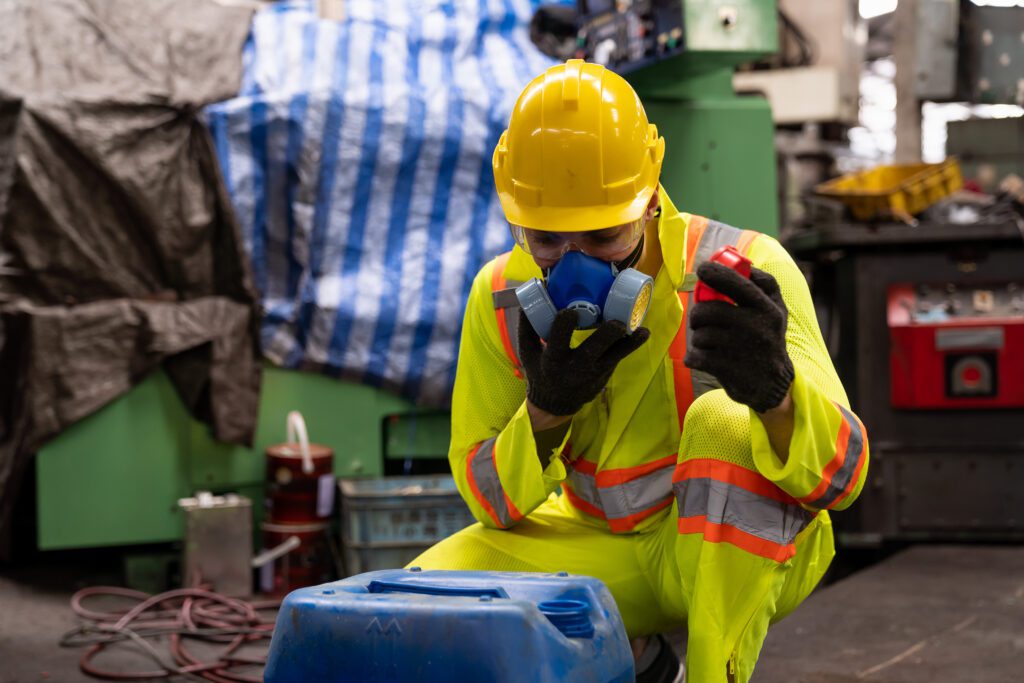
As the term suggests, chemical hazards refer to toxic chemicals and substances that can cause injuries, illnesses, and possibly even death among your workers. Some substances can be so potent that they can cause health issues from mere inhalation, while others need direct contact. Here are some examples of the hazard:
- Pesticides
- Cleaning products and acids
- Vapors and fumes
- Gasoline and explosive chemicals
- Flammable substances like carbon monoxide
Similar to biological hazards, chemical hazards come with a ton of risks, more so if workers are sensitive to them. Chemical burns, skin irritation, nausea, vomiting, and poisoning are just some of the many dangers that threaten your workers. Thus, it’s a non-negotiable to provide employees with proper protective gear if your workplace has chemical hazards.
Work Organization Hazards

Many are usually familiar with the above 5 hazards in the workplace, but there’s actually a sixth category to watch out for. Work organization hazards refer to stressors—any working condition that can cause stress to employees. They can be present in any workplace, but lone workers are especially vulnerable since they tend to feel isolated. To understand these hazards better, here are the most common examples you should keep an eye on:
- Workplace violence and aggression
- Intense workload demands
- Sexual harassment
- Flexibility
- Bullying
- Social relations
- Control regarding decisions
Examples of Hazards in the Workplace by Industry
Now that you’re more familiar with the many types of hazards that exist in the workplace, here are concrete workplace hazard examples to show you how these risks manifest in different industries. This should give you a better idea of what risks to watch out for in your workplace.
Raw Materials Industry
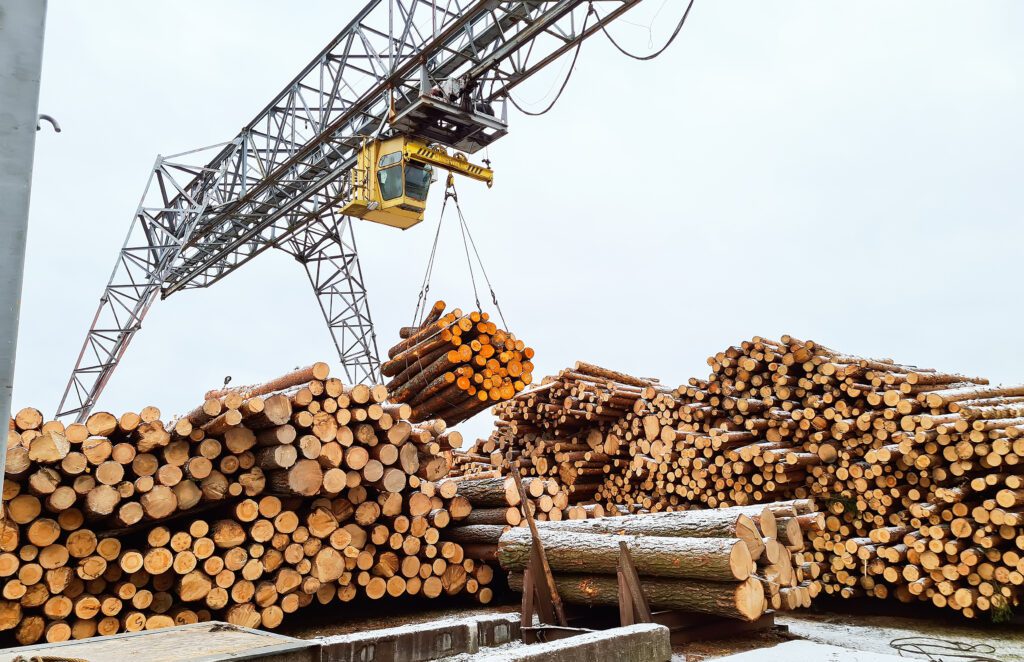
The raw materials industry is in charge of extracting and processing inputs and raw materials used for manufacturing. Businesses in the industry specialize in a particular type of material, such as steel, aluminum, copper, lumber, gasoline, plastics, ceramics, porcelain, or others.
The health hazards in this industry will vary based on the material being handled, but here are the main types to watch out for:
- Noise from equipment
- High temperatures
- Exposure to chemicals
Manufacturing and Construction Industry
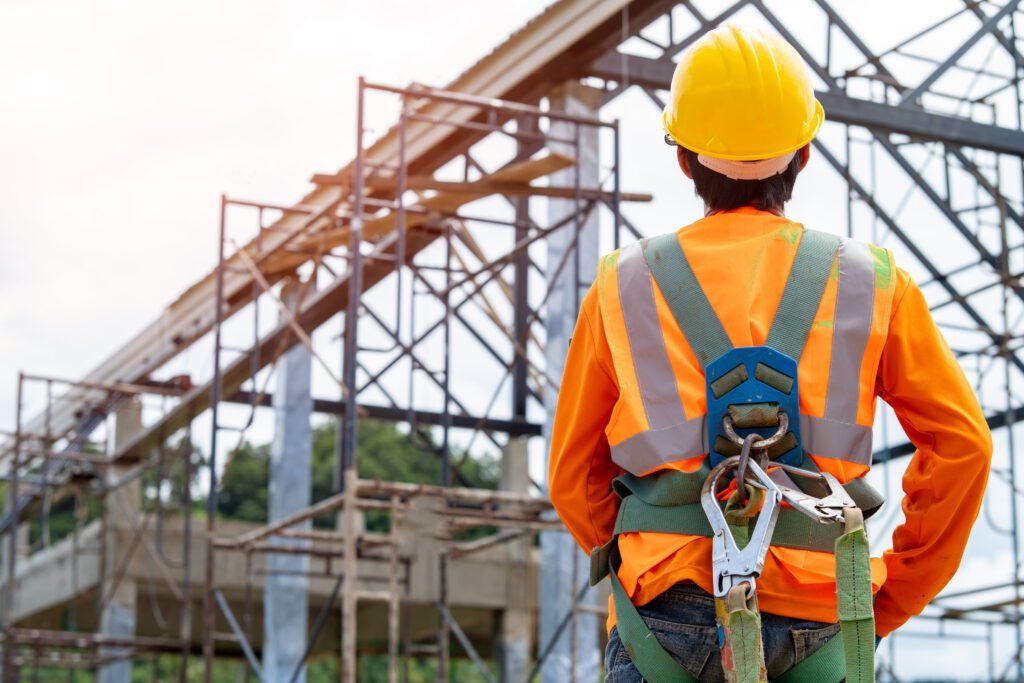
The manufacturing industry transforms raw materials into new products. Conversely, the construction industry works on designing, building, and maintaining buildings, infrastructure, and industrial properties. When you think of health and safety hazards, these two will probably come to mind since you always hear about accidents happening on the job.
Both industries involve working environments with high places, machinery, and chemicals, so they’re unsurprisingly prone to many hazards. Employees are particularly vulnerable to the following:
- Slips and trips
- Falls from heights
- Electrical shocks
- Hearing damage from loud noise
- Confined spaces like tanks
- Exposure to asbestos
- Injuries from repetitive movements
- Handling flammable substances
- Moving objects
Service Industry

The service industry differs from the manufacturing industry in that it creates value through intangible products or services. For example, marketing agencies don’t sell products directly to customers. Instead, they offer their expertise, knowledge, and skills in crafting marketing plans and campaigns for clients.
Service businesses are extremely susceptible to ergonomic hazards —workers tend to stay in the same position for prolonged times, perform repeated movements, and maintain awkward postures, so you can imagine the strain that’s placed on them. Beyond these issues, there are also other risks like:
- Chemicals from cleaning agents
- Fires
- Mental health issues
- Slips, trips, and falls
- Biohazards from toxic waste
Information Services Industry

The information services industry specializes in collecting, storing, processing, and analyzing different types of information. Examples of businesses in this industry include business process outsourcing (BPOs), consulting, research and development, and others. Generally, companies seek the help of this industry for their expertise and knowledge.
Like the service industry, information service jobs are also prone to ergonomic hazards. Many times, workers stay seated in one place for a long time, increasing the risk for back injury or neck pain. Other hazards common in the industry include:
- Hearing difficulties from workplace noise
- Slips, trips, and falls
- Electrical hazards
- Heavy machinery
Human Services Industry

The human services industry is a sub-category under the broader services industry. It covers the businesses that deliver services to benefit and help people, address their needs, and improve their quality of life. Well-known examples include child welfare services, elderly assistance, counseling, personal care services, and the like.
Since this industry usually involves close contact with other people, workers tend to be at risk of contracting biological hazards like mold and pathogens. Aside from this, here are other possible hazards in the industry:
- Workplace stress and violence
- Repetitive movement
- Awkward posture
- Slips, trips, and falls
- Lifting and carrying people
- Chronic fatigue
7 Ways to Avoid Workplace Safety Hazards
Here are some helpful ways to avoid workplace safety hazards. The best practices will vary for every work area, but these should give you a good starting point.
- Implement a health and safety program for workers
- Provide personal protective equipment (PPE) and safety equipment, if applicable
- Monitor employees’ health condition regularly
- Adjust working stations to ensure proper ergonomics
- Find industrial printers to make hazard safety signs
- Inspect electrical systems regularly for potential hazards
- Perform regular maintenance on your equipment
Beyond this, you can also consider finding a company that specializes in workplace safety solutions for helpful tools to monitor workplace safety effectively.
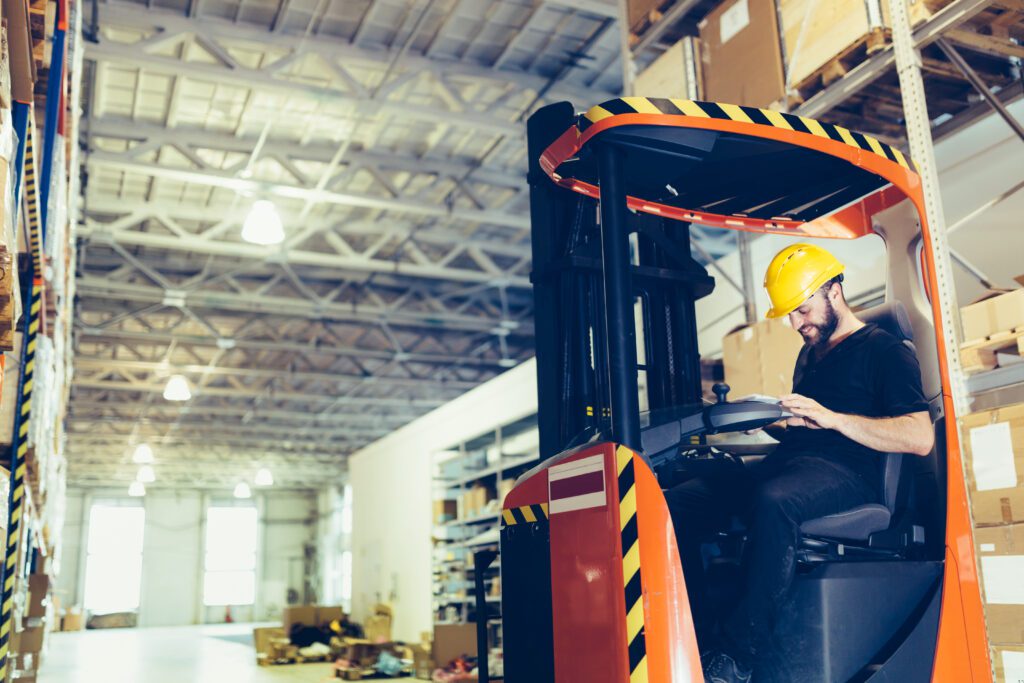
FAQs About Safety Hazards in the Workplace
What factors affect safety and risk?
The main factors affecting workplace safety and risk are people, equipment, processes, materials, and environment. For one, it’s important to educate your employees about the importance of safe work procedures. Likewise, the safety of your tools and machines, materials, and process design can affect the severity of workplace risk. The last factor—environment—is more external, but it’s the main cause of physical hazards.
How to report a safety hazard?
The federal law protects workers and grants them the right to a healthy workplace. Thus, anyone who is subject to safety hazards without protective measures may file a confidential complaint with OSHA online, in person, through telephone, or through email. The agency will then conduct an inspection to assess the matter and take proper action.
How do you correct a safety hazard at work?
Managing risks in the workplace starts with identifying hazards. Once you spot a hazard that hasn’t been addressed, assess the risk to determine its potential impact and the workers who are most likely to be affected. From there, you can come up with procedures to fix or mitigate the hazard. If you can’t eliminate it completely, consider substituting or isolating the hazard, providing PPEs, or adjusting work practices.
Who is responsible for correcting safety hazards?
Employers are in charge of managing safety hazards and correcting them accordingly. As mandated by OSHA, employers need to conduct assessments for hazard identification and install measures to provide a hazard-free environment for workers. In most cases—especially in high-risk industries—companies will delegate the work to a safety department that oversees workplace safety and protocols.
How should hazards be reported in the workplace?
Should employees notice any hazards in the workplace, they should immediately report this to their supervisor or safety manager, if applicable. If you don’t receive a response from them, you can escalate the issue to the OSHA. As much as possible, try to settle the issue internally before moving up to the government.
Reduce Workplace Safety Hazards With Cobra Systems’ Solutions
While there are many decisions involved in running a business, you can’t ever discount the importance of your people and their safety. It’s extremely important to highlight the safety hazards in your workplace and put in place countermeasures to protect your employees from them.
By emphasizing the mitigation of workplace safety hazards, you can contribute to reducing the hundreds of millions of work accidents and injuries that occur each year.
If you need someone to help you print safety signages and labels, Cobra Systems offers high-quality printers for workplace safety purposes. Contact us or give us a call today at 805-243-3335 to learn more!


